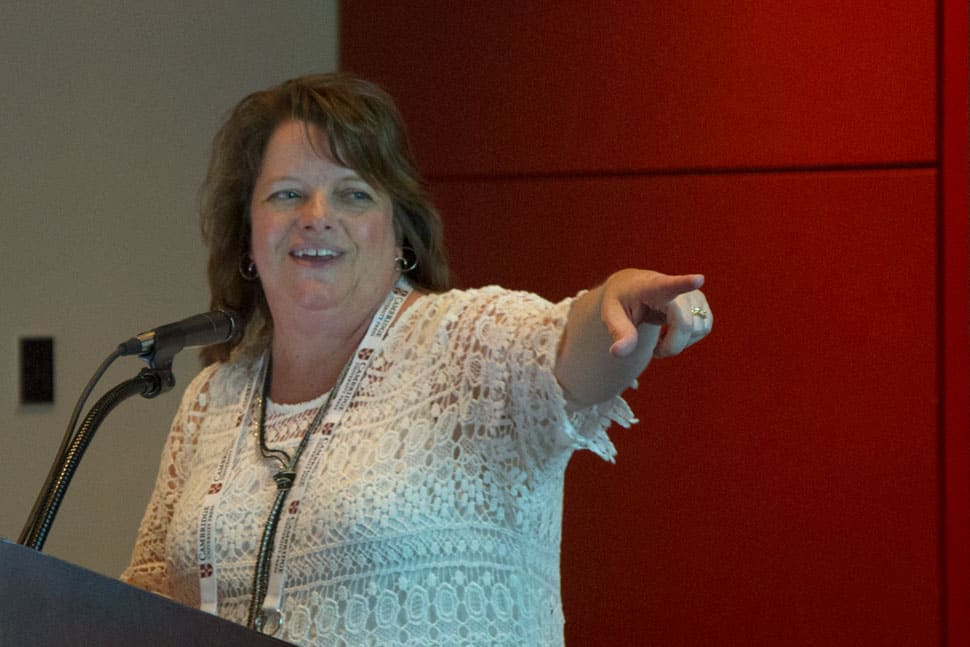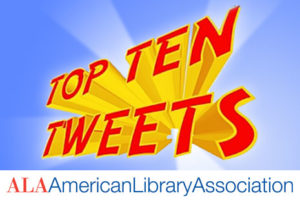
It seemed like a simple exercise. “You’re fourth-graders in my class. Tell me everything you know about ‘Waltzing Matilda.’ Draw or write your own description,” instructed Karla Collins, assistant professor at Longwood University in Farmville, Virginia. The adults in the room brainstormed cautiously: “I think it’s Australian?” one librarian mused aloud.
Collins was trying to illustrate a crucial lesson—that we make assumptions about what students know—for attendees of “Library Readiness: Steps to Ensure Your Students Are Ready to Learn in the Elementary Library,” her American Association of School Librarians session at the American Library Association’s Annual Conference and Exhibition in Chicago on June 26.
“A lot of what I do is based in constructionist theory,” said Collins, in which learners create new knowledge based on prior knowledge. There is also discovery learning, where learners draw on past experiences and existing knowledge to create new learning through inquiry and problem solving, and anchored instruction, in which learners all experience a common “anchor” experience to have a common ground on which to base instruction. These practices contribute vitally to the universal design for learning (UDL) framework, in which multiple means of representation, action and expression, and engagement are provided to allow all students to start on the same level.
“The purpose of the [‘Waltzing Matilda’] activity was to give you a folktale that you might not be too comfortable with,” said Collins, stressing that it’s important when introducing “traditional” stories in a library or classroom that you ask yourself: “Whose tradition?” Students from other countries or cultures may not have the same baseline knowledge about a story, or students may come from families where stories aren’t shared.
Thus, anchoring activities are a perfect way to get students on the same page, Collins said. One example she used was a graffiti wall, where students write on a large sheet of paper all of the nursery rhymes or characters that they know. Then she instructs students to recite the rhymes that they know. “It’s okay if you retell a story someone in your group already told,” Collins suggests saying, as to not exclude any participants.
Collins further elucidated why UDL is important by asking another seemingly simple question: What prior skills do kids need to know to find a book in your library? Attendees brainstormed answers, and the list was vast: organization of the library, genre, numbers and the alphabet, what part of a book to look up (title, author, terms), how shelves are read (left to right or top to bottom?), and rules of the library, to name a few. There’s also the metacognitive level, where a student might not know what interests him or her, or what he or she wants to look for.
These scenarios happen with older learners, too. “I think we make assumptions that students born during the technology age know technology,” she said, recalling a time she was embarrassed because she gave a football player at her school a flash drive and he didn’t know how to operate it. “Kudos to him for being comfortable enough and brave enough to say ‘I don’t know what to do,’” she said, emphasizing that not all students can do that.
Collins recommended a few high-tech tools (Padlet, Popplet, Answergarden.ch, Plickers) that help with UDL and anchoring, as well some effective low-tech tools, such as Post-It notes, which can help with exit polling after a lesson plan.
So how does one determine readiness in students?
“Assess!” said Collins. Using diagnostic, formative, and summative assessment measures how much students learn. Flexibility and celebrating classroom successes, she adds, are also key.


